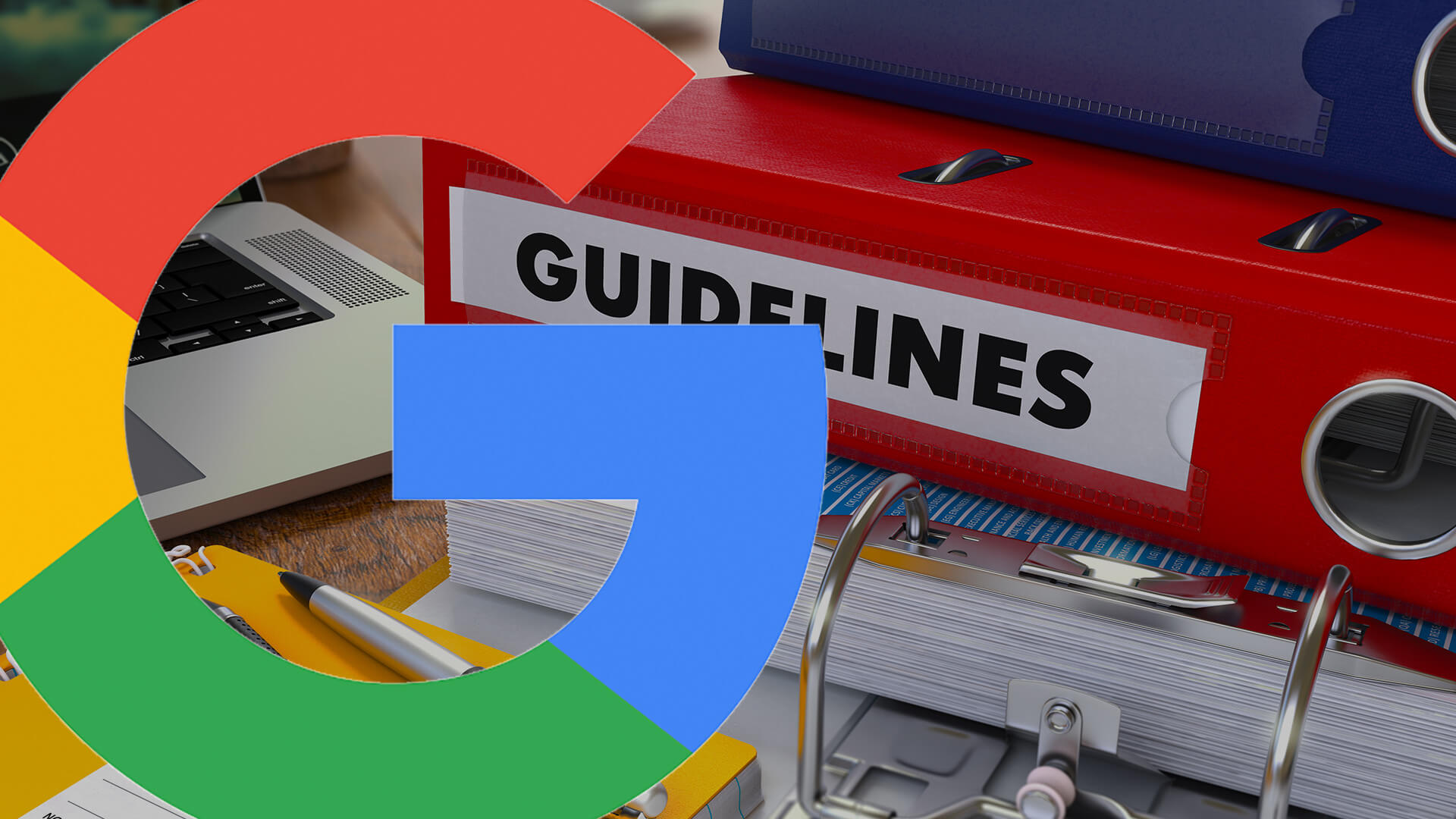A year ago Google updated the company’s search quality raters guidelines, and today, it has been updated once more – this time to expand on the YMYL category, it clarified what constitutes lowest quality content, simplified the definition of upsetting-offensive and the overall document has been refreshed and modernized with minor updates throughout. In fact, the old document was a 175 page PDF, the new one is 172 pages.
The last update to this document was on October 14, 2020, before that was December 5, 2019.
What is new? Here is a change log of what is new in this document:
- Expanded the definition of the YMYL subcategory ‘Groups of people’
- Refreshed guidance on how to research reputation information for websites and
content creators - Restructured and updated ‘Lowest Page Quality’ section; reorganized and
refreshed examples to reflect new structure - Simplified the definition of ‘Upsetting-Offensive’ to remove redundancy with
Lowest Page Quality section - Minor changes throughout (updated screenshots and URLs, wording, and
examples for consistency; removed outdated examples; fixed typos; etc.)
YMYL – Groups of people subcategory. Google expanded this subcategory to include more examples of YMYL, your money – your life, section for this groups of people section. The updated section is named groups of people and is now defined as:
“Information about or claims related to groups of people, including but not limited to those grouped on the basis of age, caste, disability, ethnicity, gender identity and expression, immigration status, nationality, race, religion, sex/gender, sexual orientation, veteran status, victims of a major violent event and their kin, or any other characteristic that is associated with systemic discrimination or marginalization.”
The other changes. Google said the bulk of the changes in this update are “refreshing the language for clarity and updating organization.” These updates “included clarifications of what constitutes lowest quality content, and refreshed and modernized guidance on researching the reputation of websites,” Danny Sullivan of Google said.
Google made many changes to the document, I counted over 1,000 content changes but the largest section updated was the Groups of people section and the section on lowest quality content.
Why we care. Although search quality evaluators’ ratings do not directly impact rankings (as Google clarified in the document), they do provide feedback that helps Google improve its algorithms. It is important to spend some time looking at what Google changed in this updated version fo the document and compare that to the last years version of the document to see if we can learn more about Google’s intent on what websites and web pages Google prefers to rank. Google made those additions, edits and deletions for a reason.
You can access the 172 page PDF over here.

